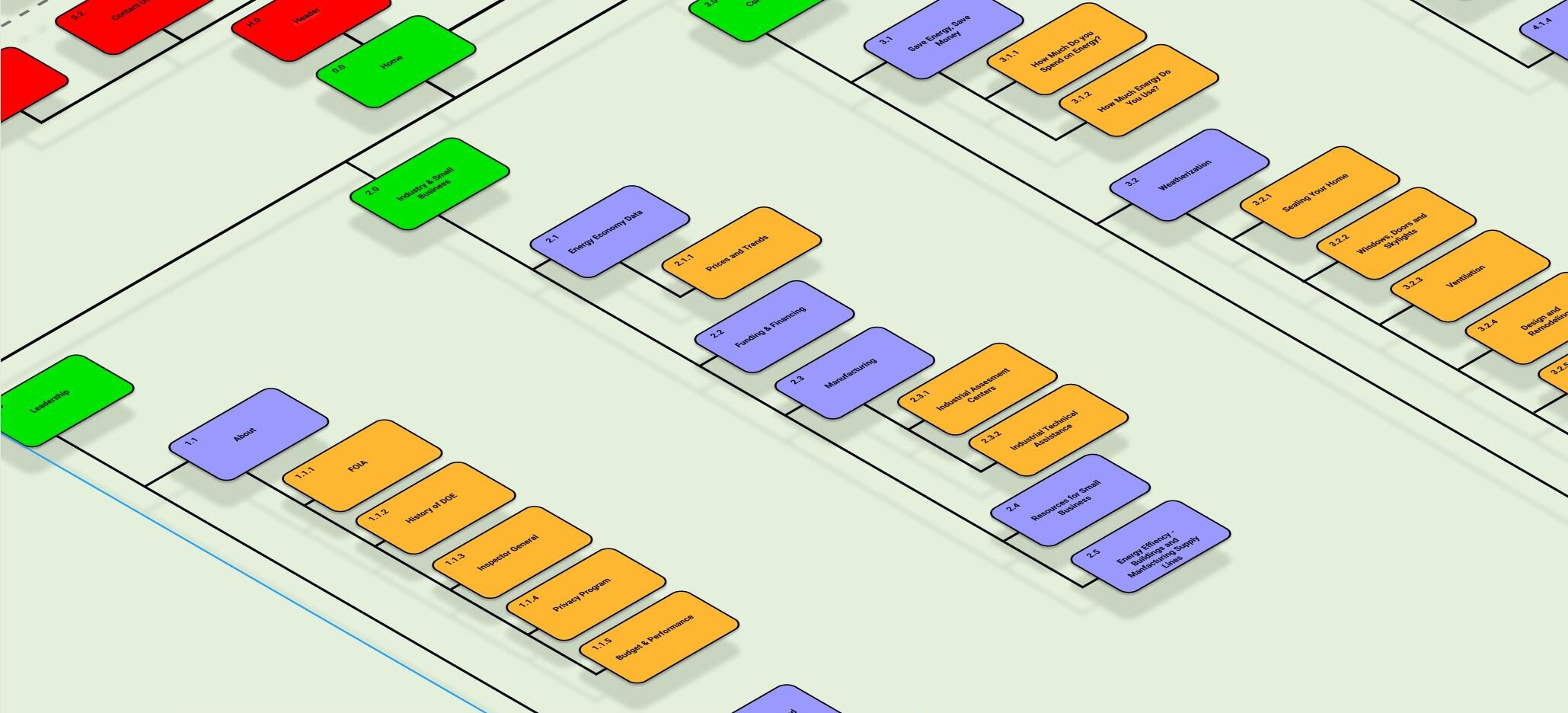1. User Control & Freedom
Clicking the Energy.gov bar from any sub page takes you back to the main page. I don’t think this qualifies as the exit being clearly labeled and discoverable, but I would say it is intuitive.
2. Consistency & Standards
While both link to the same page it is referred to as STEM under the Science & Innovation dropdown and Science Education at the footer.
3. Consistency & Standards
This black navigation bar is so stylistically removed from the rest of the site. It contains Social Media links but also links to the DOE’s offices and their National Labs, which all seem tangentially connected at best.
4. Match Between System & Real World
This icon is too small and unique to be clearly associated with a real world counterpart. It is also only ever used here and other nav drops don’t have icons.

















